#new tale of zatoichi
Explore tagged Tumblr posts
Text


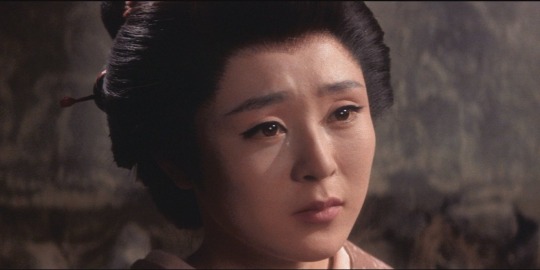

New Tale of Zatoichi, Tokuzō Tanaka, 1963.
0 notes
Text
New Tale of Zatoichi on Letterboxd
0 notes
Text




Zatoichi showing a bunch of yakuza the error of their ways in The New Tale of Zatoichi (1963).
This is the third film in the 26-film series, and the first filmed in color.
#The New Tale of Zatoichi#Zatoichi#Shintaro Katsu#anma#yakuza#blind swordsman#chambara#jidaigeki#Daiei Film
34 notes
·
View notes
Text
Takeshi Kitano returns to Cannes, 'indifferent' to success
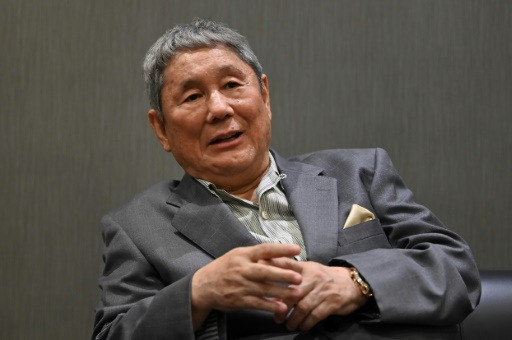
TOKYO
Takeshi Kitano makes his comeback at Cannes next week with a new samurai epic, but the cult Japanese filmmaker told AFP that he strives to remain "indifferent" to success.
Kitano, who rose to fame as a comedian before winning acclaim as an arthouse director, said in an exclusive interview that he does things his own way.
"If I receive recognition abroad, I'm happy, but I want to be as indifferent to that as possible," he said in Tokyo before departing for the French film festival. "I'd be very happy if something I'd shot... received good reviews. But that doesn't mean I will try to please."
"Kubi" is the first feature-length release in six years from the 76-year-old, whose eclectic career has included spells as an actor, author, painter and host of the gameshow "Takeshi's Castle".
Although his latest period piece has a bigger budget than the gritty gangster flicks he became known for, originality remains crucial for Kitano.
Despite being a huge fan of Japanese cinematic master Akira Kurosawa, when making "Kubi", he avoided watching the combat scenes in the director's 20th-century classics like "Seven Samurai" or "Ran".
"I hate being influenced," Kitano said. "I tried not to watch the battle scenes in Kurosawa's films, so I wouldn't be influenced by them. If they are similar, we probably had the same ideas."
"Kubi" tells the tale of the 1582 death of Japan's most powerful feudal lord in a deadly trap at a temple in Kyoto, in what became known as the Honno-ji Incident.
The film is not in competition at Cannes, but will premiere at the festival on Tuesday.

It is Kitano's first Cannes appearance since 2010, when the yakuza movie "Outrage" went before the Palme d'Or jury.
But lounging on a sofa in his dressing room at Japanese network TV Asahi, having just recorded the political show he has presented for decades, the director played down his return to the big screen.
"I've been trying to quit TV and movies for a long time," he said, adding he was trying to take it easy, playing golf at his holiday home.
But even without the pressure to produce more work, Kitano found himself back on set. "I thought I would make this film my last one," he said.
"But then, after we finished filming, the actors and crew said it was a good movie," he said, describing their appreciation as "the most important thing".
Having studied engineering and "space-related subjects" at university, entertainment was Kitano's second choice of career -- something that allows him to feel "relaxed" even now.
For decades he was one of Japan's most popular TV presenters, known as "Beat Takeshi", performing sketches dressed as anything from a sumo wrestler to a giant milk carton.
In contrast, his movies are full of tortured characters and dark humor, such as the underworld thrillers "Sonatine", "Brother" and "Hanabi", which took top prize at the 1997 Venice Film Festival.
Kitano's biggest commercial success, 2003's "Zatoichi", was also a samurai film, and "Kubi" is his most expensive film yet, having cost 1.5 billion yen to make.
"Most Japanese films are small-scale productions with small budgets... I thought I'd try to do something on a larger scale," Kitano said.
In fact, he had wanted a budget and crew "three times bigger", he said, and computer graphics were used to upscale the battle scenes.
Kitano first wrote a synopsis for "Kubi" three decades ago, but the project only took off after he wrote a novel in 2019 about the key moment in Japan's history.
It contains the themes of loyalty, betrayal and Japanese codes of honor often seen in Kitano films, and also includes close same-sex bonds.
"Japanese historical drama rarely depicts male homosexuality," although "it was common in that era", Kitano said.
So "I wanted to make a film that would never be done on TV" or in mainstream Japanese cinema.
The final product is more somber, intimate -- and violent -- than the usual sugar-coated primetime samurai dramas.
And even with two future film projects potentially on the cards, Kitano says what people think will remain a low priority.
"I'm just doing what I like and what I think is good."
1 note
·
View note
Text
New Tale of Zatoichi (1963)
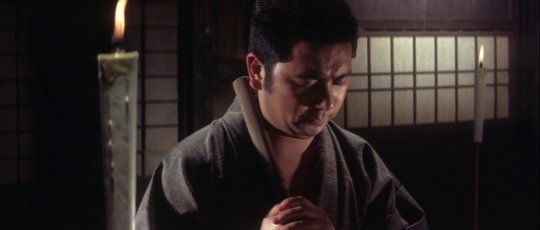
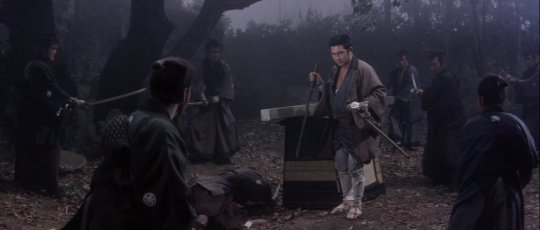
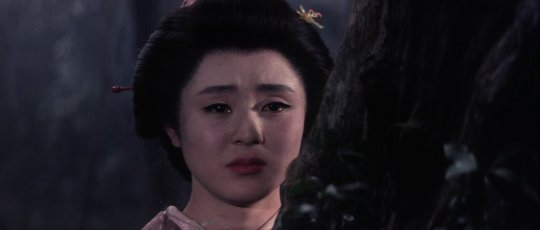
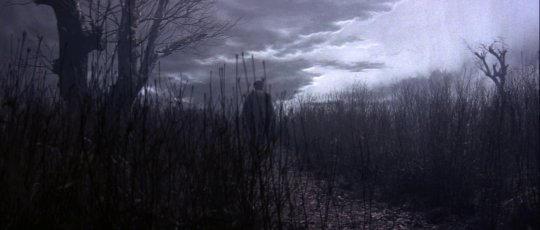
新・座頭市物語 New Tale of Zatoichi (1963) directed by Tokuzo Tanaka
#新・座頭市物語#new tale of zatoichi#1960s#tokuzo tanaka#japanese movies#japanese cinema#samurai cinema#stills
2 notes
·
View notes
Photo
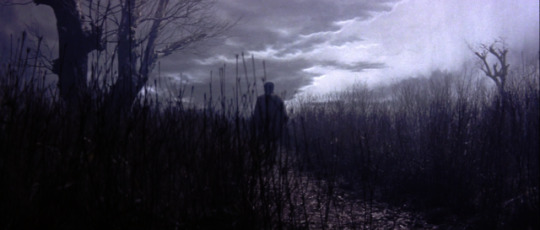
New Tale of Zatoichi (1963)
#cinema#film#new tale of zatoichi#shin zatoichi monogatari#shintaru katsu#tokuzo tanaka#chikashi makiura#japanese#action#adventure#drama
6 notes
·
View notes
Text

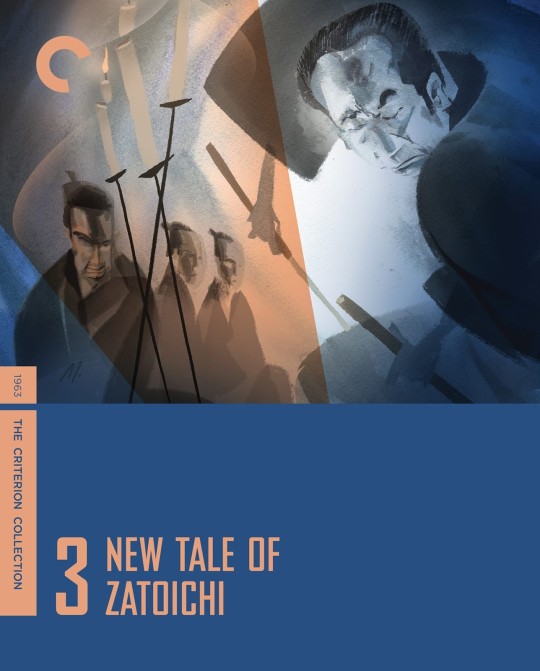
WATCHED
Jeez. I got a little choked up in this movie. I'm a sappy bastard.
#new tale of Zatoichi#new tale of Zatoichi (1963)#shintarô katsu#shintaro katsu#samurai#japanese cinema#Chitose Maki#新・座頭市物語#Mikiko Tsubouchi#Seizaburō Kawazu#Fujio Suga#Tatsuo Endō#Mieko Kondo#Shin Zatoichi monogatari#WATCHING#jidaigeki
1 note
·
View note
Photo
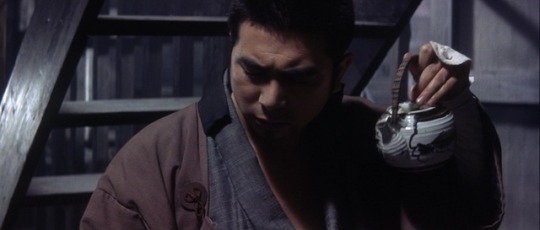
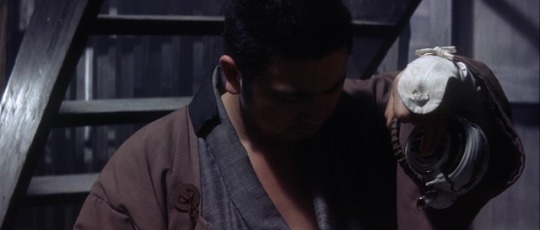
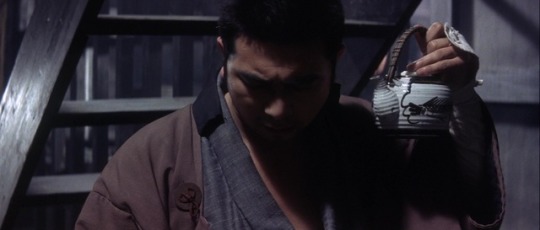
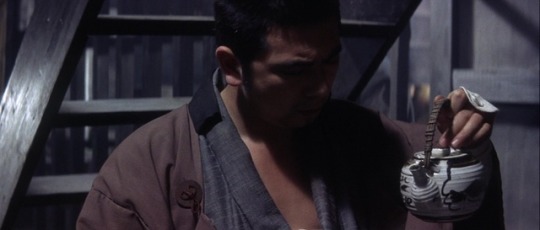
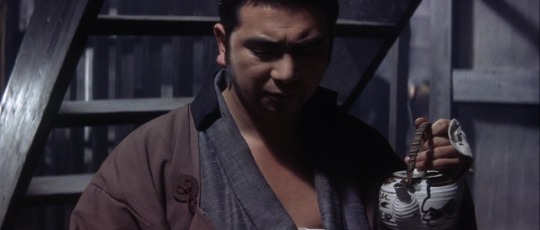
New Tale of Zatoichi | Tokuzô Tanaka | 1963
Shintarô Katsu
Wot, no tea?
54 notes
·
View notes
Text
#zatoichi#new tale of zatoichi#film#review#criterion collection#criterion channel#tokuzô tanaka#shintarô katsu#mikiko tsubouchi#seizaburô kawazu#fujio suga
1 note
·
View note
Text
Novo Conto de Zatoichi (1963), dir. Tokuzô Tanaka.

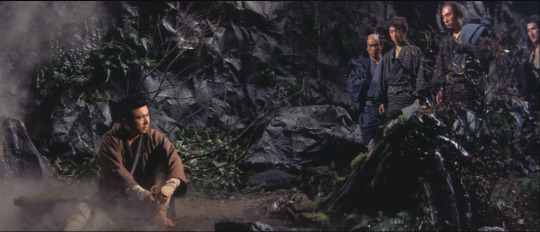

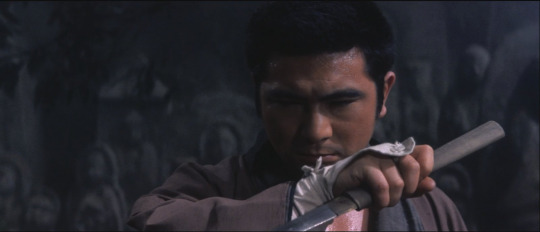
Review originalmente postada: 20/Fev/2023 no Letterboxd.
Neste terceiro longa da franquia, o primeiro filme em cores da franquia, volta com um ritmo parecido com o primeiro filme, dando mais tempo de tela para explorar o drama da vida do protagonista e menos ação, ao contrário do que vimos no segundo. Aqui vamos ver o anseio por uma vida normal por Zatoichi, cansado da violência, inveja uma vida de trabalho humilde, com uma esposa em casa. Nada de uma vida de Yakuza, jogatina ou luta de espadas. Isso foi sondado nos primeiros filmes, mas aqui, o filme todo se envolve neste drama. A questão da moralidade do Zatoichi é posto para pauta. Por isso, somos apresentados a mais personagens do passado do Zatoichi, quando o mesmo decidiu que precisava treinar para sua sobrevivência. Seu sensei, se mostra alguém não confiável. Seu inimigo, se mostra honrado. Diversas dúvidas para o mesmo. Não sei se a mudança para um filme colorido, as cenas de ação ficaram menos interessantes na exploração da cegueira do Zatoichi. Sem dúvidas, dos três primeiros, é o filme com as cenas de ação mais fracas. No entanto, isso não tira o mérito do filme, as melhores cenas são a exploração da perdição da vida do Zatoichi, o seu drama parece nunca acabar, sempre perdendo um amor ou um amigo. Aqui vemos o mais perto de desistir de tudo por esse personagem.
#新・座頭市物語#new tale of zatoichi#1960s#tokuzo tanaka#japanese movies#japanese cinema#samurai cinema#movies#japan movies#movie#cinema#japan cinema
0 notes
Text
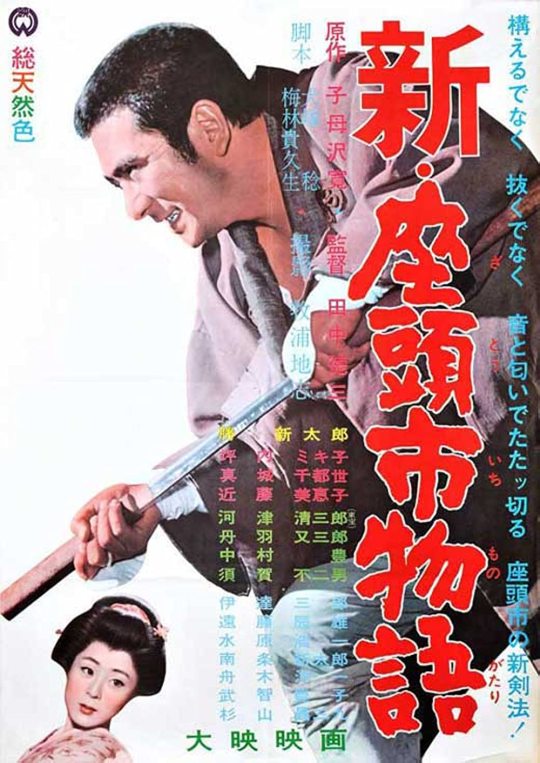
New Tale of Zatoichi (1963) dir. Tokuzō Tanaka
1 note
·
View note
Text
A very happy birthday in the afterlife to Shintaro Katsu!
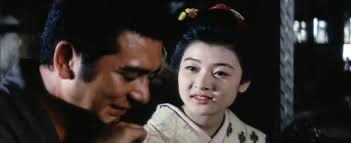
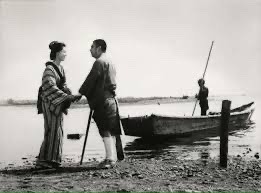
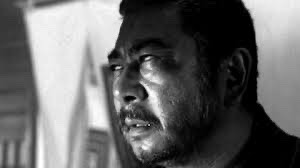
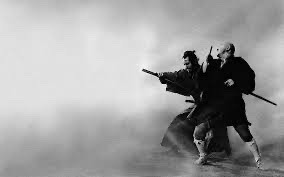

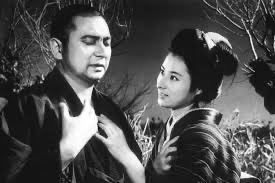




#shintaro katsu#zatoichi#the hoodlum soldier#actor#singer#filmmaker#the tale of zatoichi#the new tale of zatoichi#zatoichi meets Yojimbo#Hanzo the razor: sword of Justice#hanzo the razor: who’s got the gold#samurai vendetta#zatoichi at large#japanese cinema#an actors revenge
53 notes
·
View notes
Text
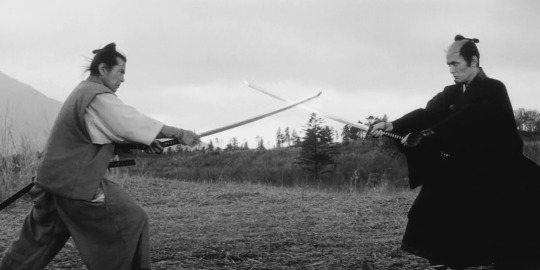
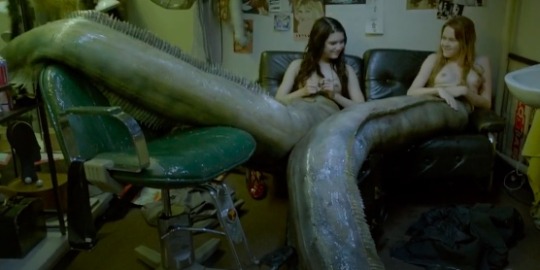
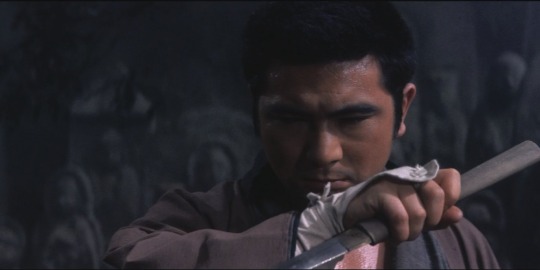
Weekly Wrap Up
Samurai Rebellion / The Lure / New Tale of Zatoichi / Lastfm
Last.fm / Letterboxd
0 notes
Text

Zatoichi has drawn his sword, which means that someone - probably multiple someones - is about to have a very bad day in The New Tale of Zatoichi (1963).
#The New Tale of Zatoichi#Zatoichi#Shintaro Katsu#anma#yakuza#blind swordsman#chambara#jidaigeki#Daiei Film
17 notes
·
View notes
Photo

New Tale of Zatoichi (1963)
#cinema#film#new tale of zatoichi#shin zatoichi monogatari#tokuzo tanaka#chikashi makiura#shintaro katsu#japanese#action#adventure#drama
2 notes
·
View notes
Text

Arrow Video’s Daimajin trilogy blu-ray set was just announced, and your eyes do not deceive you - I contributed one of the extras. I’ve written an essay, “Search for Daimajin”, detailing locations and historical background of the series throughout Japan. Thrilling to be included in such a great official release of three all-time masterpieces.
Full description on Arrow’s site:
THE ANCIENT GOD DAIMAJIN ARISES!
The Daimajin Trilogy saw Daiei’s Kyoto studios bringing its own iconic movie monster to life in a unique but short-lived series that transplants the Golem legend to Japan’s Warring States period of the late-16th century.
In Daimajin, directed by Kimiyoshi Yasuda (Yokai Monsters, Zatoichi on the Road), the young son and daughter of the benevolent feudal lord Hanabusa flee to the mountains when their parents are slain by the treacherous usurper Odate. Ten years later, when the elderly priestess who has harboured them is also murdered, the rage of the slumbering ancient god that lies beneath the crumbling giant stone idol hidden deep in the forests in the mountains is invoked.
In Return of Daimajin, Kenji Misumi (Tale of Zatoichi, Lone Wolf and Cub) brings his usual stylistic flourish, as the wrathful deity is roused from his new home on an island in the middle of a lake by the violent incursions of a vicious warlord.
In the final film, Wrath of Daimajin, by veteran jidaigeki director Kazuo Mori, four young boys make a perilous trip to elicit the help of the ancient mountain god in freeing their family members who have been enslaved by a tyrannical lord.
Remarkably overlooked in the West, these three thrilling tales of feudal oppression and divine retribution meted out by the iconic stone warrior of the title combine lavish period detail with jaw-dropping special effects.
54 notes
·
View notes